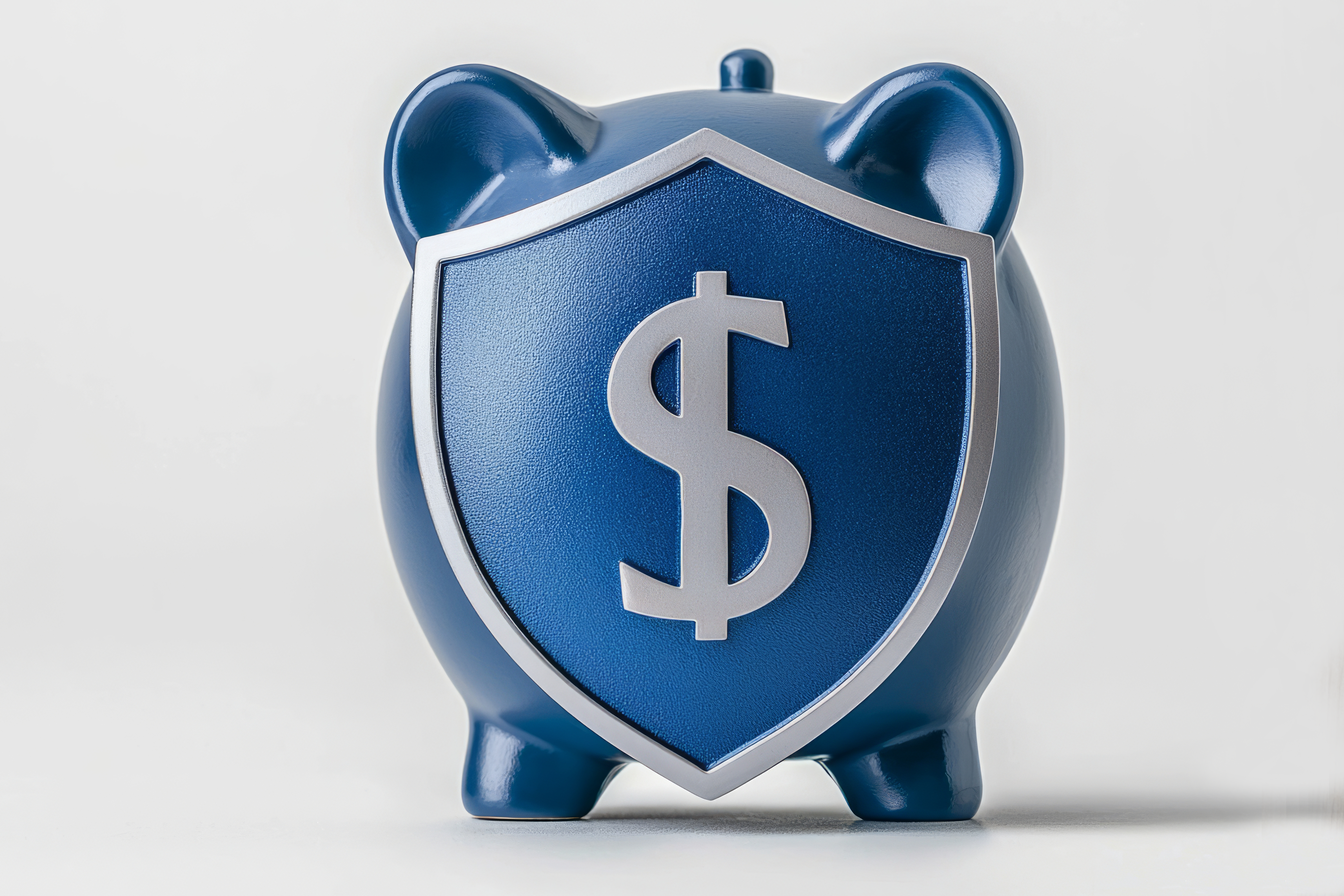You hear the term “fiscal policy” a lot. It comes up in talks about taxes, a new budget, or the role of the government in the economy. The main goal of a fiscal policy is to keep the economy strong and steady. We can tell how well the economy is doing by looking at things like gross domestic product (GDP) and aggregate demand. The goal is for these to rise in a way that’s lasting.
Tax and spending decisions made by the government and Congress have a big impact on the economy. This makes planning a fiscal policy a vital and difficult job. But what exactly is fiscal policy, and how does Congress make these plans?
What Is a Fiscal Policy?
Fiscal policy is when the government changes tax rates or adjusts its spending to help the economy. It works together with monetary policy to grow or slow the economy. The strategy was developed after the Great Depression when the government realized that it needed to step in to regulate the economy.
In the U.S., the executive branch (the President) and the legislative branch (Congress) decide what changes need to be made to the fiscal policy. Then, the government uses three main methods it uses to achieve its goals:
- Business tax policy: The amount of taxes that businesses pay affects how much they earn and can spend.
- Government spending: Increasing how much the government spends puts money into the economy.
- Individual taxes: These are taxes on what people earn or receive. Changes to these taxes affect how much people have and spend.
Types of Fiscal Policy
There are two types of fiscal policy: expansionary and contractionary. Here’s a chart summarizing the differences:
| Expansionary Fiscal Policy | Contractionary Fiscal Policy | |
| Goal | Boost a slowing economy, increase economic activity | Cool down an overheating economy, combat inflation |
| Economic Problem | Recession, high unemployment, low demand | High inflation, rapid economic growth, potential asset bubbles |
| Actions Taken | Cutting taxes, increasing government spending | Raising taxes, decreasing government spending |
| Effect on Economy | Increases aggregate demand, stimulates spending, creates jobs, potentially increases inflation | Decreases aggregate demand, slows spending, potentially increases unemployment |
The expansionary plan is used to make the economy grow. It does this by cutting taxes, putting more money into the economy, or both. The goal is to give people more money to spend. When people spend more, demand for supplies and goods goes up, which increases jobs.
A contractionary fiscal policy is used to fight rising prices and slow down the economy. Less money is put into the economy by raising taxes and interest rates and cutting how much the government spends. This type of fiscal policy is less common than the expansionary type.
How Congress Plans a Fiscal Policy
Fiscal policy is tied to the government’s yearly budget. This budget outlines how much the government plans to spend and collect in taxes for the fiscal year based on its goals and whether it’s trying to speed up or slow down the economy.
The President and Congress plan the budget to decide how much to spend and how to pay for it. The President gives a budget request to Congress, and Congress develops the budget plan.
Congress looks at how much to spend on things like safety, defense, travel, schools, and health. They also look at how much to take in taxes and how much of a loss or gain is expected. Once the budget is finished, the money is split up. Finally, the President signs off on the budget.
## Fiscal Policy Shapes Our Future
People often complain about taxes and government spending. But these are key to the health of the economy. Tax and spending decisions made by the government and Congress have a big effect on the economy over time. This means that a fiscal policy made today will affect future generations of taxpayers and businesses.
Frequently Asked Questions
Simply put, fiscal policy is how the government uses taxes and spending to keep the economy healthy. It’s all about things like GDP, employment, and overall demand for goods and services.
Fiscal policy (handled by the President and Congress) works hand-in-hand with monetary policy, which is managed by the Federal Reserve. They both influence the economy, but they use different tools. Fiscal policy uses taxes and spending, while monetary policy uses interest rates and the money supply.






